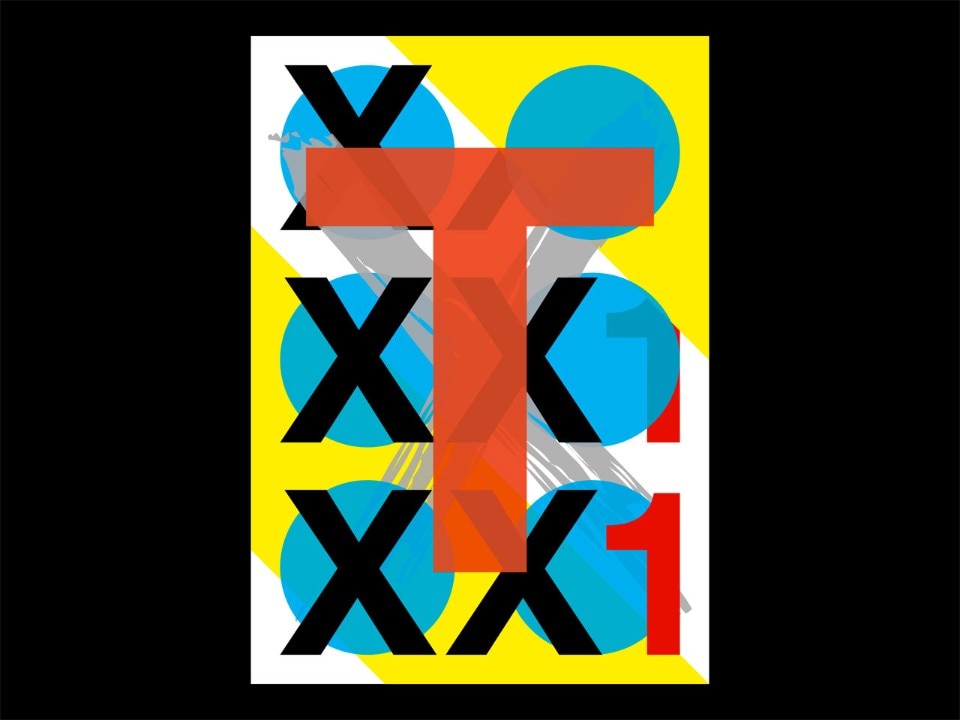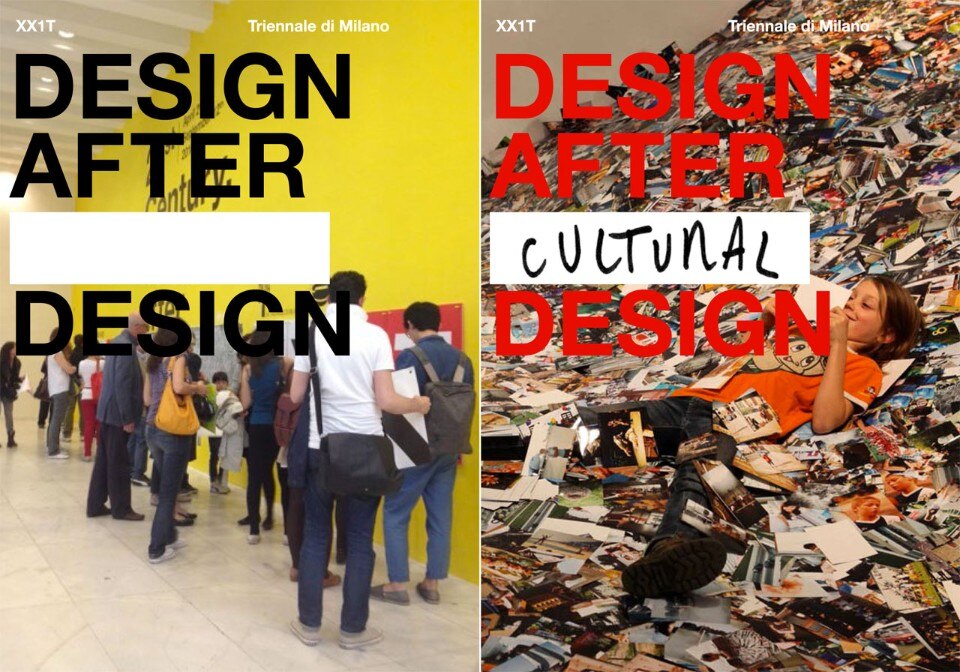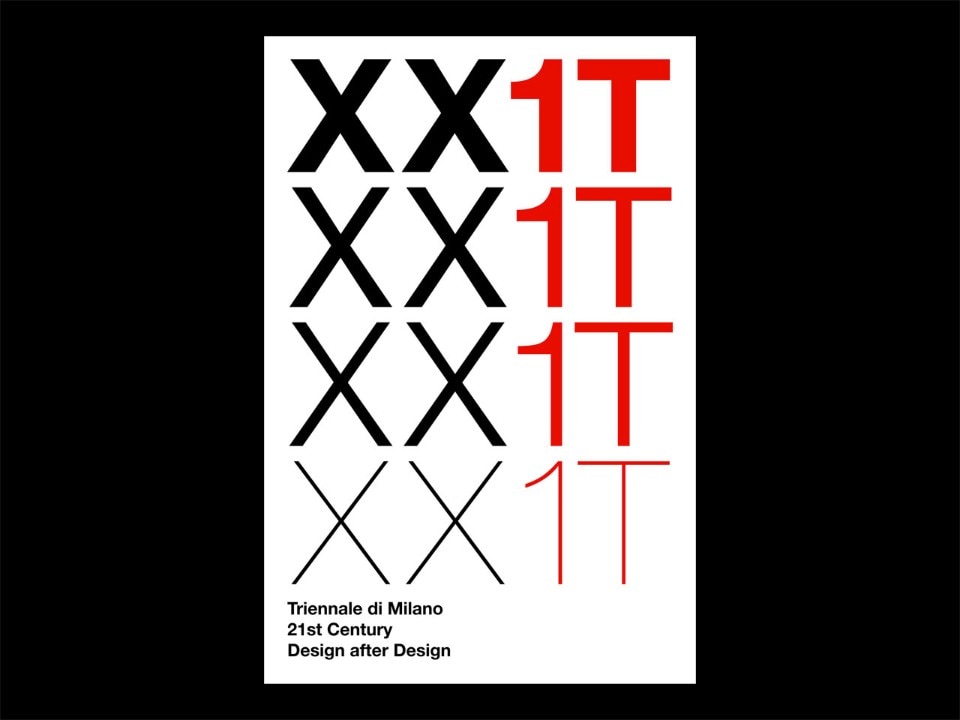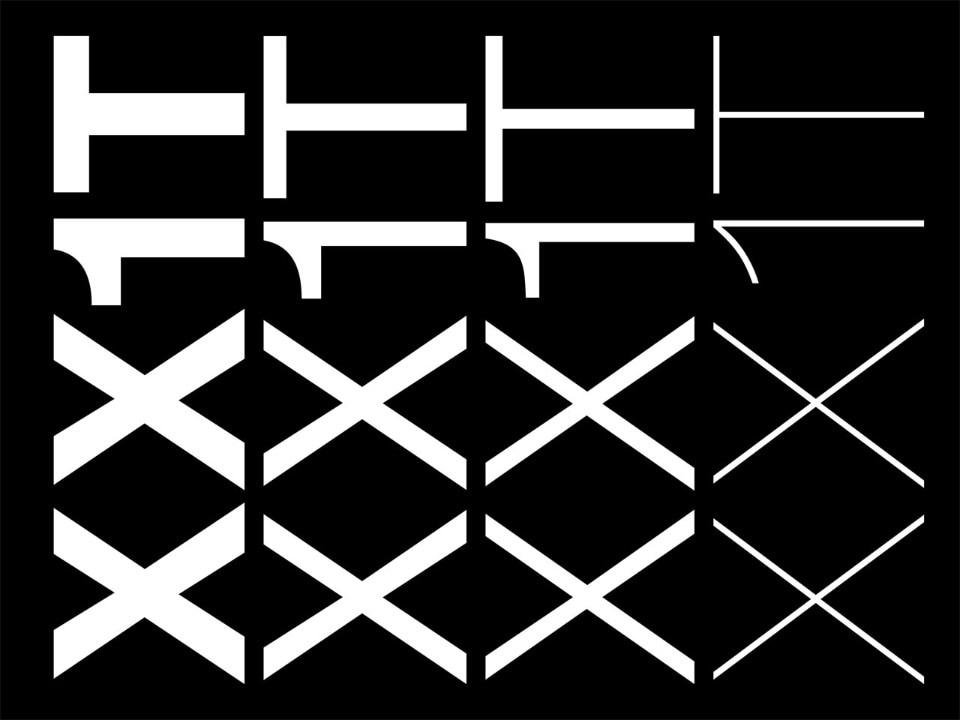
Design, the theme chosen for XX1T (already given a logo by Giorgio Camuffo) obviously seems fitting for a currently slightly puzzled Milan that is turning into a “large theme park” with a food focus. It certainly is a subject more in keeping with its consolidated international reputation, albeit one constantly in need of maintenance and forward momentum to cope with growing competition worldwide.
Design in its ambiguous English semantic sense, i.e. the broader one of design project, in all its permutations and on all scales. But without the nostalgia: no demiurges designing everything “from a spoon to a town” thank you. The creative process has become a circular activity involving several skills and cultures and, to borrow the words of Ezio Manzini in the very recent Design, When Everybody Designs (MIT Press), it is therefore a case of creating “social actors who, thanks to the cultural and operative tools available to them, are able to feed and support the design processes in which all of us, experts and non-experts, are involved.”

Milan now is struggling to find its after… and, at last re-embracing its central role in the cultural debate, the Triennale provokingly puts forward the suggestion of including the Expo 2015 sites on the exhibition route of new initiative. Their fate is still being debated. What better opportunity for an in vitro experiment on the city’s future, addressing the lifespan and changing role of buildings and infrastructures? Regardless of actual outcomes, the idea is consistent with the spirit of urban engagement that informs the new exhibition. This is being heralded as a great “FESTIVAL”, to be taken outside Palazzo dell’Arte and across Milan’s urban boundaries, at last projecting the successful “Salone/Fuorisalone” formula but on a larger scale into the metropolitan dimension – thanks to an alliance with Cosmit (the organiser of Milan Design Week).
This approach can be credited with a number of extra moenia actions already undertaken by the institutions in Viale Alemagna, first of all the opening of a new (permanent) exhibition route in the Museo del Design, in the restored Villa Reale in Monza – a return to its roots (Monza was home in 1923 to the Biennale delle Arti Decorative, later become the Triennale and moved to Milan in 1930) and a projection towards the future (starting with XX1T). The same can be said of the regional programme, including the Itinerant Triennale which, during Expo 2015, is moving its activities to other Lombard cities.


2.4.2016–12.9.2016
XX1T
XXI Triennale International Exhibition 2016
21st Century. Design after design
